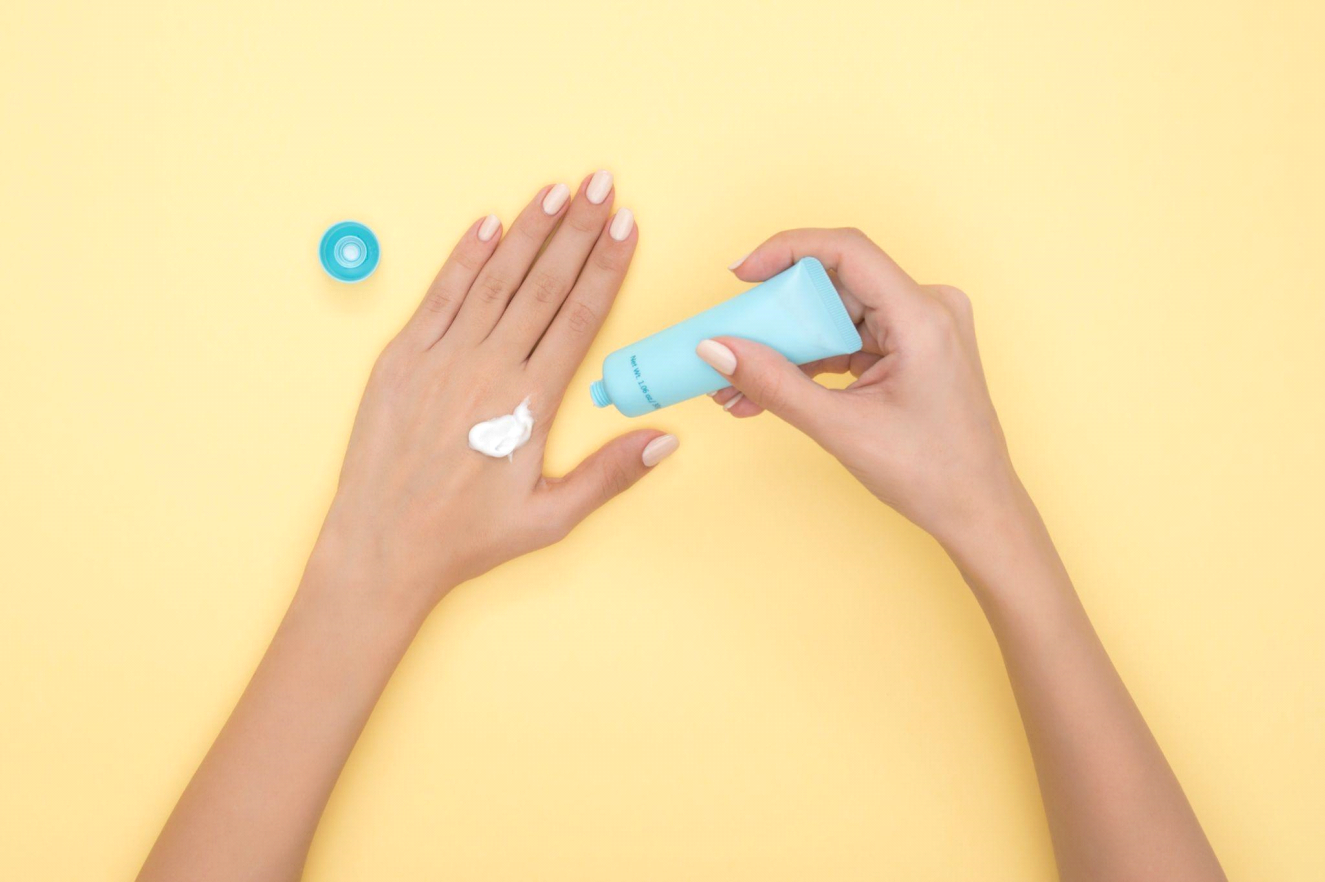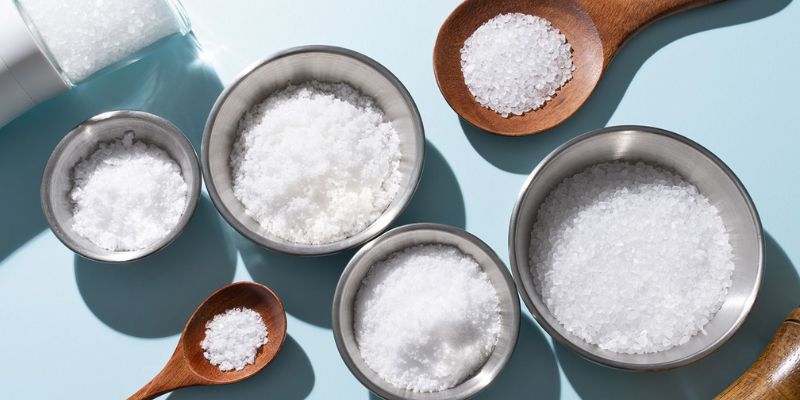Comparing the Efficacy of Spray Sunscreen and Lotion
Oct 06, 2023 By Madison Evans
When it comes to sun protection, choosing between spray sunscreen and lotion can be a dilemma. Both forms have their advantages and possible drawbacks, impacting their efficacy in shielding the skin from harmful ultraviolet rays. This comparison aims to provide an in-depth analysis of spray sunscreens vs. lotions, taking into consideration factors such as application, absorption, protection level, and user convenience. By the end of this piece, you should have a clearer understanding of which form best suits your needs for effective sun protection.
Pros and Cons of Spray Sunscreen:
Spray sunscreens are a popular choice due to their convenient application process. Let's delve into the key advantages and potential issues linked with this form of sun protection.
Pros of Spray Sunscreen:
- Easy and quick to apply, particularly on hard-to-reach areas.
- Lightweight and non-greasy feeling on the skin.
- Can be applied evenly without the need for rubbing.
Cons of Spray Sunscreen:
- Higher risk of missed spots, leading to uneven protection.
- Potentially harmful if inhaled during application.
- Usually more expensive on a per-ounce basis than lotion sunscreens.
Pros and Cons of Lotion Sunscreen

Lotion sunscreens are the traditional and most widely used form of sun protection. Here are some key advantages and potential drawbacks to consider when choosing lotion sunscreens.
Pros of Lotion Sunscreen
- Provides a visual guide during application, ensuring no spots are missed.
- Generally more cost-effective than spray sunscreens.
- Ideal for dry skin as it can be more moisturizing.
Cons of Lotion Sunscreen
- Application can be time-consuming and require more effort.
- Can leave a greasy or sticky feeling on the skin.
- Difficult to apply on hard-to-reach areas.
Considering Environmental Impact:

In addition to personal convenience and protection level, it's also important to consider the environmental impact of our choices. This section will focus on the environmental implications of using spray and lotion sunscreens.
Spray Sunscreen and Environmental Impact:
An often-overlooked factor when considering sun protection options is the environmental impact. In particular, spray sunscreens pose specific concerns due to their aerosolized nature.
1.Ozone Depletion:
Some spray sunscreens use hydrofluorocarbons (HFCs) as propellants. HFCs are potent greenhouse gases that contribute to ozone depletion. The environmental damage caused by these gases is a significant disadvantage of using spray sunscreens.
2.Air Pollution:
Another issue is that spray sunscreens can contribute to air pollution. The tiny particles that are released when the sunscreen is sprayed can be inhaled by humans and animals, causing potential harm. Moreover, these particles can linger in the environment, adding to pollution levels.
3.Marine Life:
Spray sunscreens are often more harmful to marine life than lotion sunscreens. When sprayed, they can easily drift into the water, where they can harm marine organisms. Some ingredients in sunscreens have been linked to coral bleaching, a major threat to coral reefs.
Lotion Sunscreen and Environmental Impact:
Lotion sunscreens, while not free from environmental concerns, generally have a lesser impact than their spray counterparts.
1.Packaging Waste:
Lotion sunscreens usually come in plastic bottles. While these bottles can often be recycled, many end up in landfills or the ocean, contributing to plastic pollution.
2.Marine Life:
Like spray sunscreens, some lotion sunscreens contain ingredients harmful to marine life. Oxybenzone and octinoxate, for example, have been associated with coral bleaching. However, because lotion sunscreens are less likely to drift into the water, their impact may be slightly less than that of spray sunscreens.
3.Biodegradable Options:
One advantage of lotion sunscreens is the availability of biodegradable options. These sunscreens break down naturally in the environment, reducing their impact on marine life and other ecosystems.
Evaluating Reapplication Requirements:
Regardless of the type of sunscreen you choose, proper reapplication is crucial for optimal sun protection. Let's analyze the reapplication requirements for both spray and lotion sunscreens.
Reapplication Requirements for Spray Sunscreen:
One of the key factors to consider when choosing between spray and lotion sunscreen is the reapplication process. For optimal protection, it's essential to reapply sunscreen every two hours, or immediately after swimming or sweating.
Frequency of Reapplication:
Spray sunscreens may appear to be more convenient due to their ease of application, but the need for reapplication can be more frequent due to their lighter nature. This can mean you end up using more product, and spending more money over time.
Reapplication Process:
The reapplication process for spray sunscreen can be quick and easy, especially when outdoors or on the move. However, it's crucial to ensure that the sunscreen is applied evenly and that no spots are missed during reapplication.
Potential Risks:
There are potential risks when reapplying spray sunscreen. Importantly, inhalation of the aerosol should be avoided, especially in windy conditions. Children, in particular, should have their faces covered during reapplication to prevent accidental inhalation.
Reapplication Requirements for Lotion Sunscreen:
Lotion sunscreen, while requiring a bit more effort during reapplication, can provide more consistent protection when reapplied correctly.
Frequency of Reapplication:
Lotion sunscreen tends to stay on the skin longer and is less likely to be rubbed off, reducing the frequency of reapplications. However, it is still recommended to follow the same reapplication guidelines as for spray sunscreen: reapply at least every two hours, or immediately after swimming or excessive sweating.
Reapplication Process:
The reapplication process for lotion sunscreen can be more time-consuming than spray, as it needs to be rubbed into the skin thoroughly. However, this also allows for a more controlled, even application, ensuring all areas of the skin are adequately protected.
Conclusion:
When selecting a sunscreen, it's important to weigh the pros and cons of each option. Lotion sunscreens offer more reliable protection against the sun and are generally less harmful to the environment than spray sunscreens. They also require less frequent reapplication, making them an ideal choice for those wanting long-lasting protection. Finally, when considering environmental impact, opting for a biodegradable lotion sunscreen is always the best choice. Whichever option you choose, remember proper application and reapplication are key to ensuring adequate sun protection.

Appreciate Your Emotions: Learn How To Survive With a Sensitive Heart

If you plan on getting a wisdom teeth removal surgery, this guide can be your holy grail on knowing all the ins and outs.

Benefits Of Adding Sea Salt To Your Diet

Beware of These 4 Health Products When Shopping Online

An Insight into Bilateral Pneumonia

From Migraine to Stroke: What’s the Connection

The Connection Between Remote Work and Your Headaches


